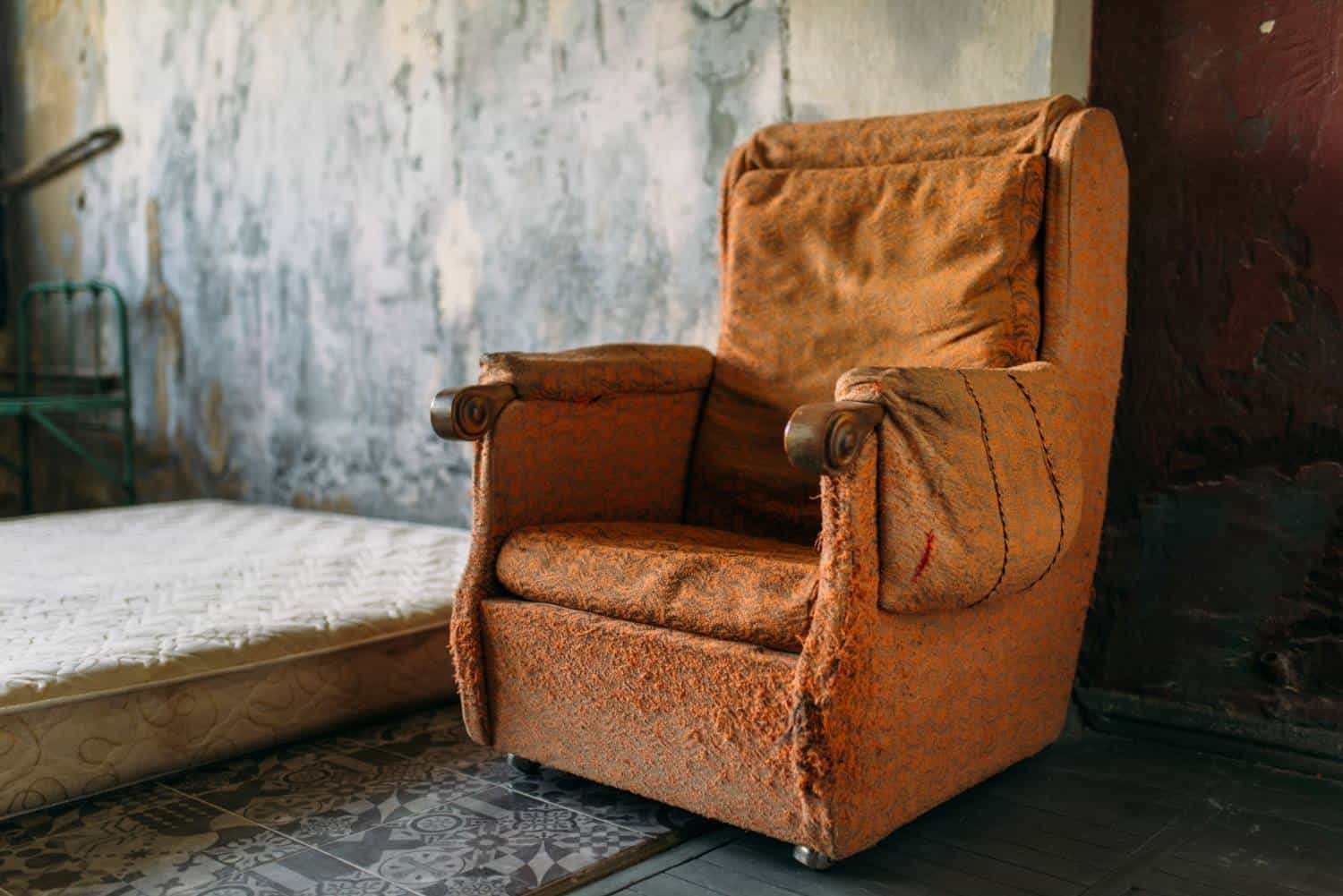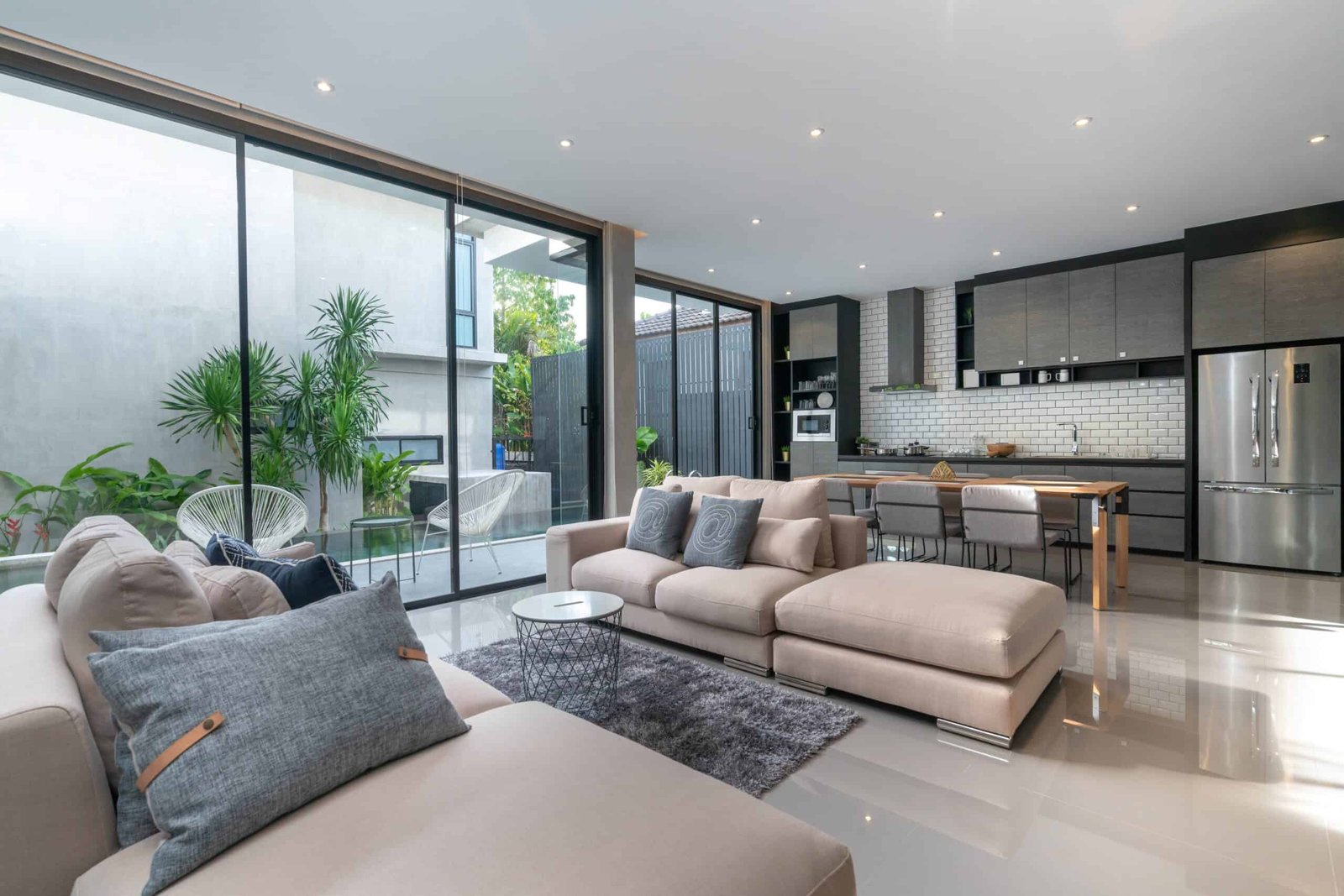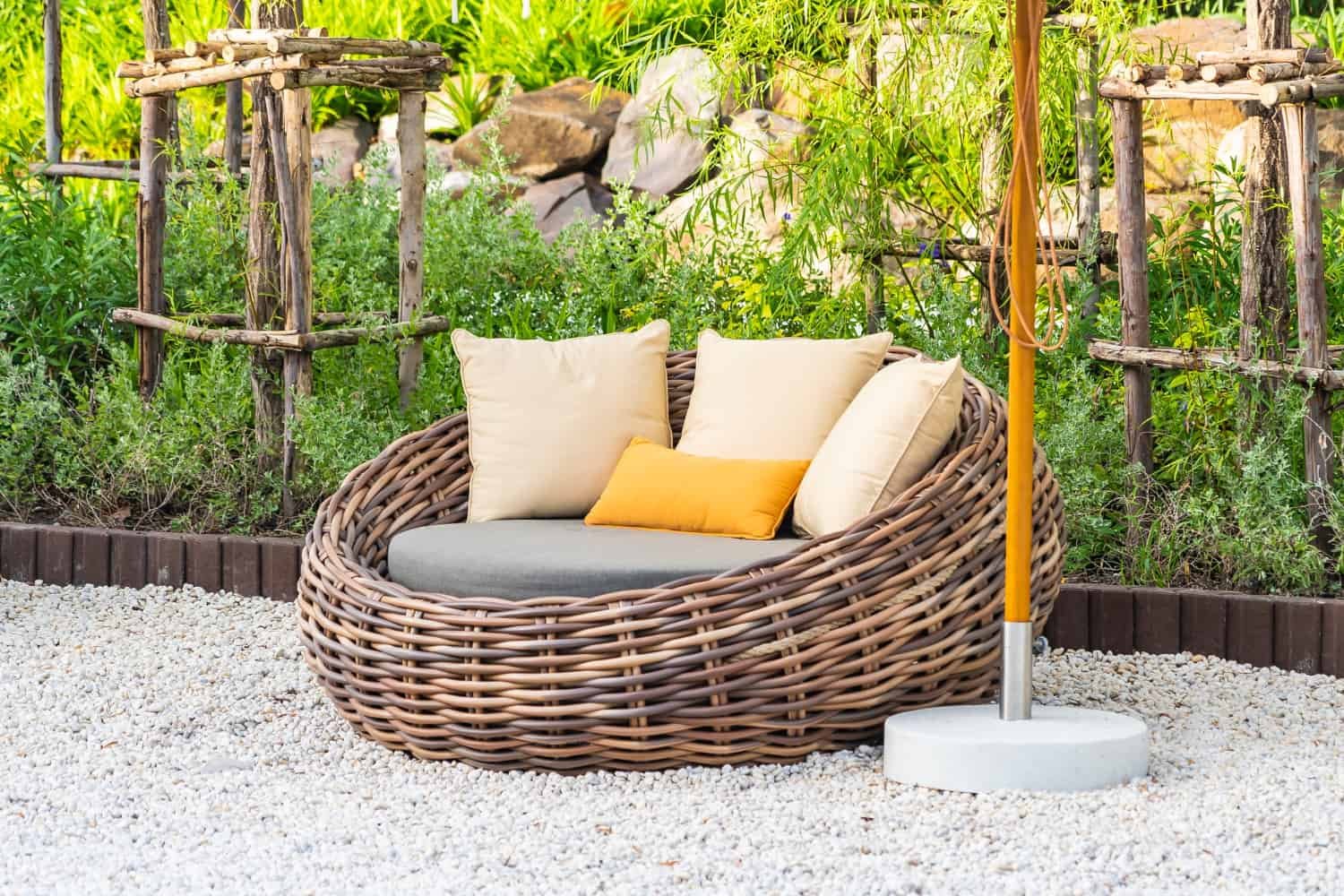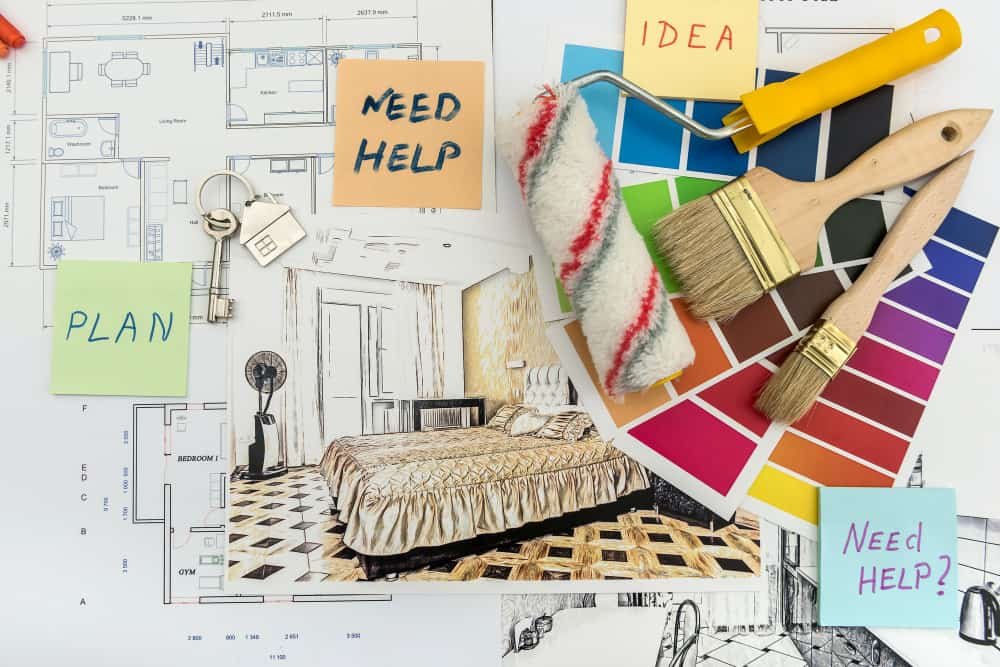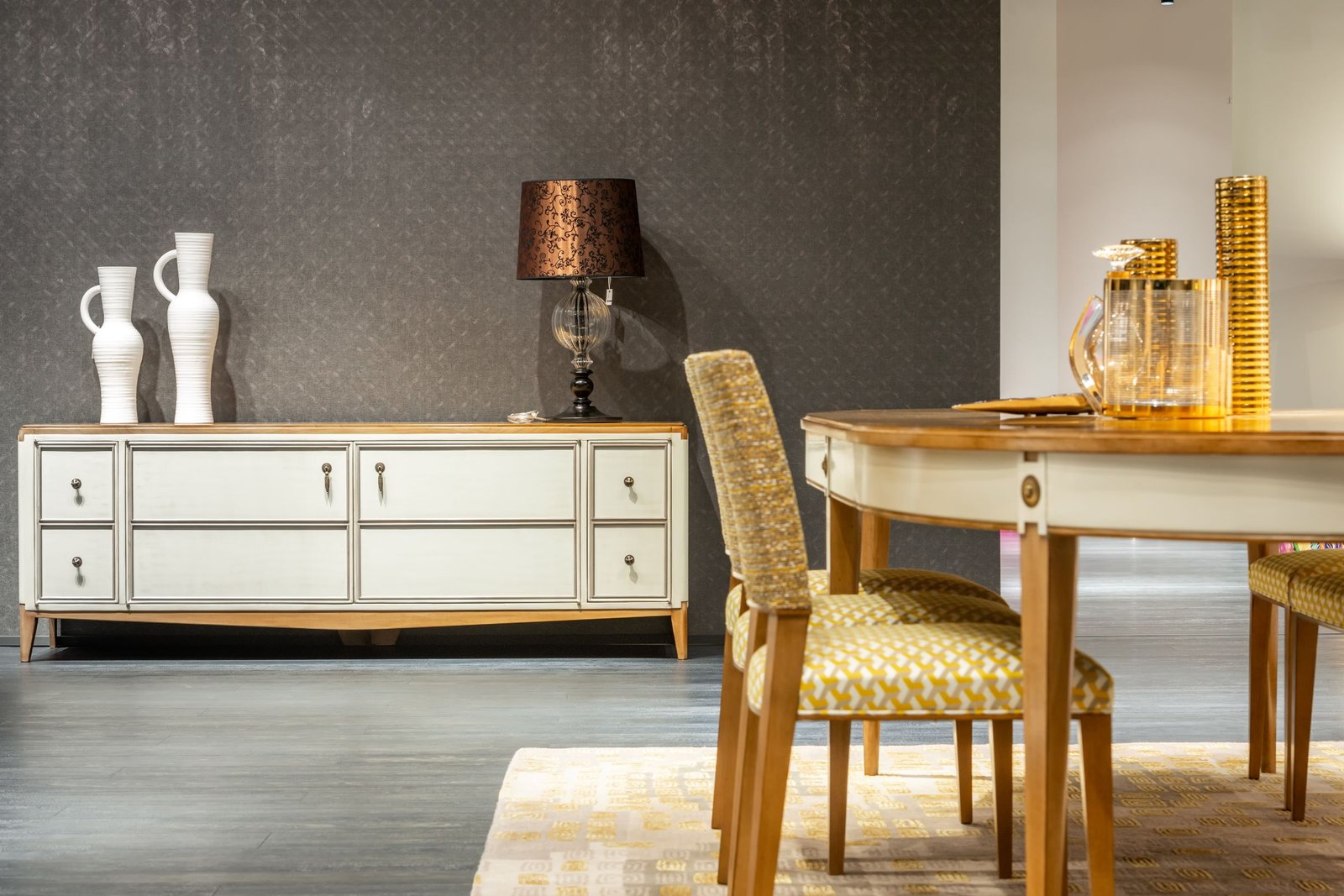
Disclaimer: As an Amazon Associate, “Furniture UK” earns from qualifying purchases.
Where to Use a Sideboard: Practical Ideas for Your Home
Are you looking for a versatile piece of furniture that can make a statement in any room? Look no further than the sideboard! Initially used in dining rooms to store and display tableware, sideboards have now taken on a life of their own and can be found in many home areas. From the living room to the entryway and even the bedroom, sideboards have become a popular addition thanks to their storage and display capabilities.
Hide away books, board games, and other items while showcasing decorative pieces like vases, picture frames, and artwork. And if you’re looking to create separate spaces in an open-plan living area, a sideboard can even double as a stylish divider. Ready to learn more about the versatility of sideboards? Keep reading!
What is a Sideboard?
A sideboard, also known as a buffet table, is a piece of furniture commonly used in dining rooms. It provides extra storage space and typically has cabinets and drawers for dining-related. Sideboards can also be used in other home areas, such as the living room or entryway, to store and display items.
The design of a sideboard can vary, but it is typically a long, low piece of furniture that sits against a wall. Some sideboards have a hutch on top, which provides additional storage space and can be used to display decorative items like vases or picture frames.
Sideboards can be made from various materials, including wood, glass, and metal. Sideboards can be a stylish and practical addition to any home. They can provide extra storage space for items that don’t have a designated place, and they can also be used to display decorative items or serve as a surface for serving food. In addition, sideboards can help to keep a room organized and clutter-free.

History of Sideboards
Sideboards have been around for centuries and have evolved into the versatile furniture pieces we know today. The first sideboards were simple shelves on the wall near a dining table used for plates and food during meals. They were not permanent fixtures and were used only during meal times.
The sideboard as we know it today originated in the 16th century and became increasingly popular across the European continent. Before its invention, shelves and narrow tables were the predominant way of serving food. However, sideboards and buffets offered a more elegant and sophisticated way of serving food.
By the end of the 18th century, the sideboard had largely replaced the slab table as the place for serving food in America’s stylish dining rooms. Having first appeared in the 1770s in England, sideboards were featured in the London 1788 Book of Prices, the same year that the word “sideboard” was first used in the Oxford English Dictionary.
The sideboard was traditionally used in the dining room for serving food, displaying serving dishes, and storage. It usually consists of cabinets or cupboards and one or more drawers, all topped by a wooden surface for conveniently holding food, serving dishes, or lighting devices. The words “sideboard” and “buffet” are somewhat interchangeable, although “buffet” is more commonly used in American English.
Where is a Sideboard Used?
A sideboard is a versatile piece of furniture used in many different house rooms. Here are some of the most popular rooms where sideboards are used:
1. Dining Room – The dining room is the most common place to find a sideboard. A cabinet is an excellent addition to a dining room because it provides extra storage space for dishes, cutlery, and other dining-related items. It can also be used as a serving table during dinner parties or holiday gatherings. Some sideboards even have built-in wine racks or dry bars for storing and serving drinks.
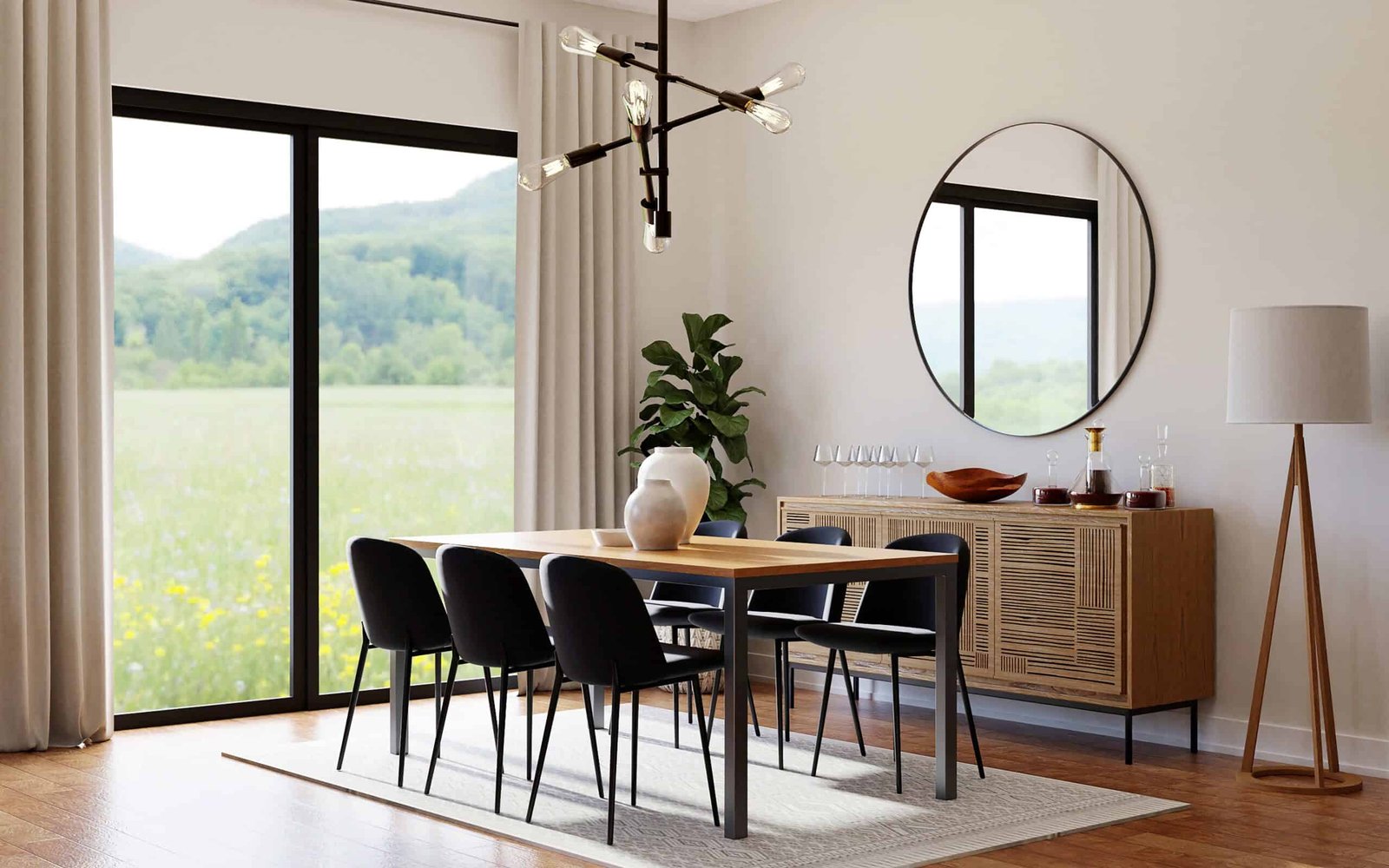
2. Living Room – A sideboard can also be used in a living room as a decorative piece of furniture. It can display family photos, decorative objects, or even a TV. Some sideboards have built-in shelves or cabinets for storing books, DVDs, or other entertainment items.
3. Bedroom – A sideboard can be used as a dresser or storage unit in a bedroom. It can be used to store clothing, linens, or even shoes. Some sideboards have built-in mirrors or vanity tables, making them a great addition to a dressing room or walk-in closet.
4. Hallway – A sideboard can also be used as a console table in a hallway. It can be used to display decorative objects, store keys or mail, or even as a place to sit and put on shoes. Some sideboards have built-in drawers or cabinets for storing shoes or other items.
Types of Sideboards
Sideboards come in various styles and designs, each with unique features and functions. Here are some of the most popular types of sideboards:
- Traditional Sideboards – Traditional sideboards are classic in style and design. They are made of high-quality wood and have intricate carvings and details. They usually come with cabinets and drawers for storage and display. Traditional sideboards are perfect for formal dining rooms and are often used to store fine china, glassware, and silverware.
- Modern Sideboards – Modern sideboards are sleek and minimalistic in design. They are made of materials such as metal, glass, and high-gloss finishes. They often come with clean lines and simple shapes, making them perfect for contemporary homes. Modern sideboards are versatile and can be used in various rooms, including the dining room, living room, and bedroom.
- Rustic Sideboards – Rustic sideboards are made of natural wood, stone, and metal. They have a warm, earthy feel and are perfect for homes with country or farmhouse-style decor. Rustic sideboards often come with distressed finishes and unique details such as wrought iron hardware and barn door-style sliding doors. They are perfect for storing and displaying everyday items such as dishes, linens, and cookbooks.
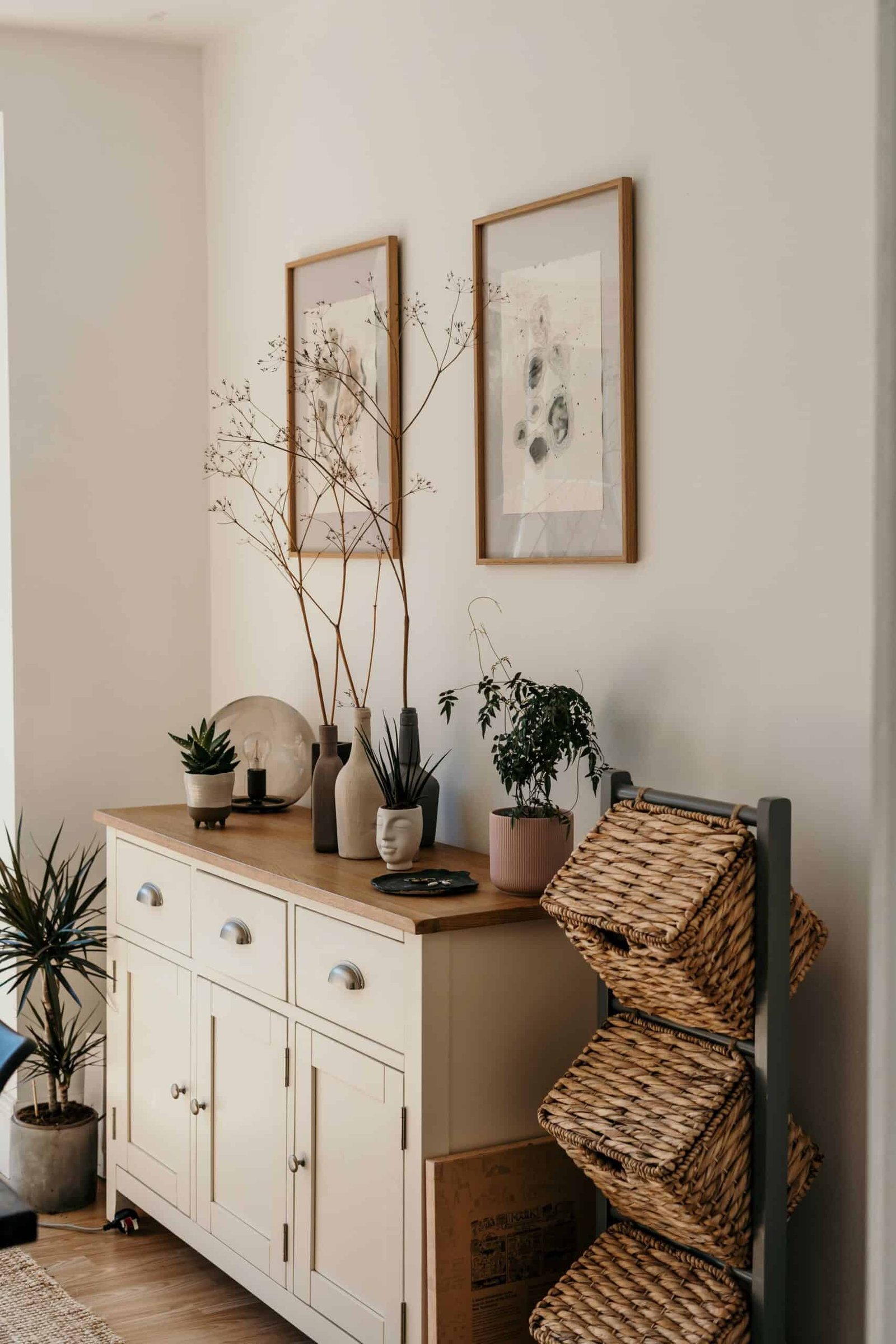
Factors to Consider When Choosing a Sideboard
When choosing a sideboard, there are several factors to consider. These factors include the sideboard’s size, style, material, and functionality.
1. Size – The size of the sideboard is an important consideration. Measuring the space where the sideboard will be placed is essential to ensure it fits properly. The sideboard should not be too large or too small for the area. Experts recommend having at least 36″ of room between the edge of any furniture and the front of the sideboard. Smaller rooms have at least 18″ – 24″ of clear space. Measuring any doorways and hallways leading to where the sideboard will be placed is also essential to ensure it can be moved into the room.
2. Style – The style of the sideboard is another critical consideration. The sideboard should complement the style of the room. There are many different styles of sideboards, including traditional, modern, and rustic. Choosing a style that fits the room’s overall decor is essential.
3. Material – The material of the sideboard is also essential. Sideboards can be made from various materials, including wood, metal, and glass. The material should be durable and easy to clean. Choosing a material that fits the room’s overall decor is also essential.
4. Functionality – The functionality of the sideboard is another critical consideration. Sideboards can be used for various purposes, including storing, displaying, or hiding items. Choosing a sideboard that will meet the room’s specific needs is important. For example, if the sideboard is used for storing things, it should have ample storage space. The sideboard should have glass doors or open shelves if it displays items.
Sideboards are versatile pieces of furniture that can be used in various settings. They are commonly used in dining rooms to provide extra storage for dining-related items like glassware, cutlery, fine china, candles, napkins, and tablecloths. However, they can also be used in other home areas, such as living rooms, hallways, and bedrooms.


